E-Technology has revolutionized the rural zone, empowering farmers to enhance productivity, streamline approaches, and get admission to markets efficiently. By integrating digital gear and platforms, farmers could make knowledgeable decisions, grow yields, and benefit from higher prices for their produce. Below is an in-depth exploration of how e-era helps farmers in both manufacturing and advertising.
Table of Contents
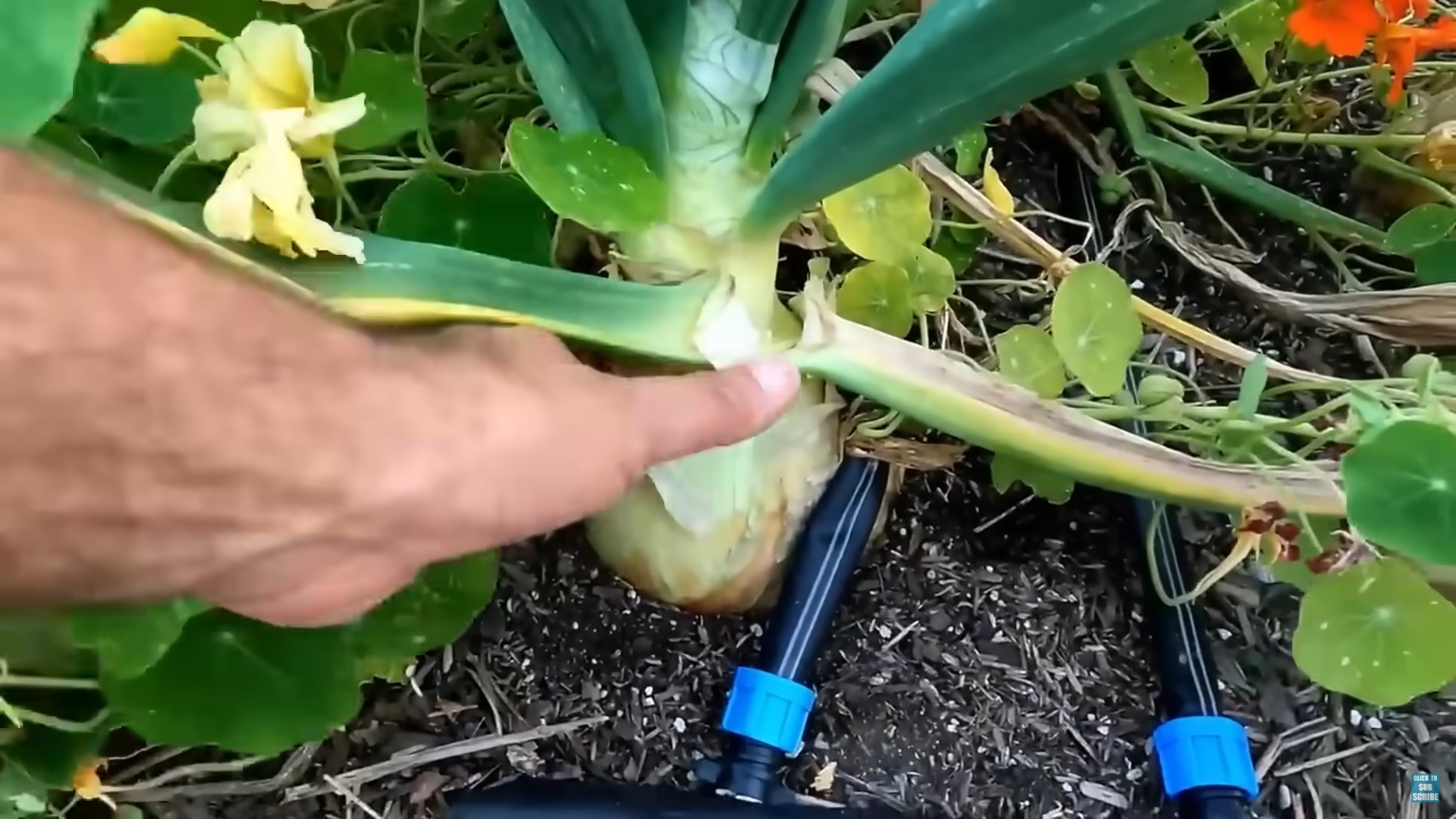
1. Enhancing Agricultural Production through E-Technology
E-technology plays a pivotal function in modernizing farming practices, making sure of higher performance and sustainability.
A. Access to Information
Farmers can now get admission to real-time statistics on climate forecasts, pest outbreaks, soil conditions, and crop illnesses. Platforms, including cell apps and government e-portals, disseminate localized and well-timed advice. For instance:
- Weather Updates: Accurate forecasts help farmers schedule irrigation, planting, and harvesting to avoid crop losses because of surprising rains or droughts.
- Soil Health Monitoring: Apps offer insights into soil best, guiding farmers on fertilizer utility for the most beneficial productiveness.
B. Precision Agriculture
Advanced e-technology like drones, sensors, and GPS mapping permits precision farming. This method minimizes waste and maximizes efficiency.
- Drones: Used for aerial surveys, drones assist in identifying crop strain, pest infestations, or irrigation desires.
- IoT Devices: Internet of Things (IoT) gadgets gather real-time data on soil moisture, temperature, and nutrient levels, supporting farmers make data-driven decisions.
C. Advisory Services and Training
E-technology structures provide digital training periods and advisory services. Farmers can learn about present-day farming techniques, pest control, and sustainable practices through webinars, videos, and interactive apps.
D. Automated Machinery and Smart Equipment
Smart tractors, automatic irrigation systems, and robotic harvesters lessen guide labor and enhance productiveness. These technologies are often related to e-platforms, permitting far-off tracking and operation.
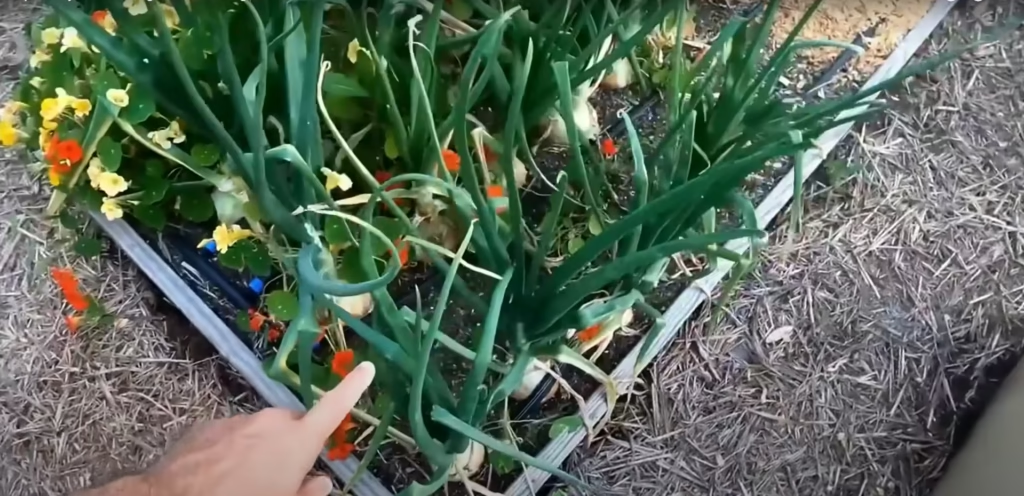
2. Facilitating Marketing and Sales of Agricultural Produce
E-era bridges the distance between farmers and markets, making sure higher prices, reduced middlemen intervention, and wider market attain.
A. Direct Market Access
Digital platforms allow farmers to promote their produce without delay to purchasers, wholesalers, or outlets, bypassing conventional intermediaries. Examples consist of e-commerce platforms like:
- Farm-to-Fork Models: Farmers list their produce online, and consumers buy at once, making sure fair pricing.
- Government E-Marketplaces: Portals inclusive of eNAM (Electronic National Agriculture Market) offer a unified online trading platform, connecting farmers to shoppers throughout areas.
B. Price Discovery and Transparency
E-generation empowers farmers with actual-time fee statistics, making sure they are no longer exploited.
Mobile apps offer updates on market charges for numerous commodities, enabling farmers to choose the most profitable market.
Blockchain technology ensures transparency in transactions, reducing fraud and disputes.
C. Digital Payment System
Cashless transactions via mobile wallets, UPI, or bank transfers reduce the danger of not on-time payments and ensure stable and short settlements.
D. Expanding Export Opportunities
E-era opens worldwide markets for farmers. They can hook up with international consumers through online structures, making sure of better demand and better profits for his or her products.
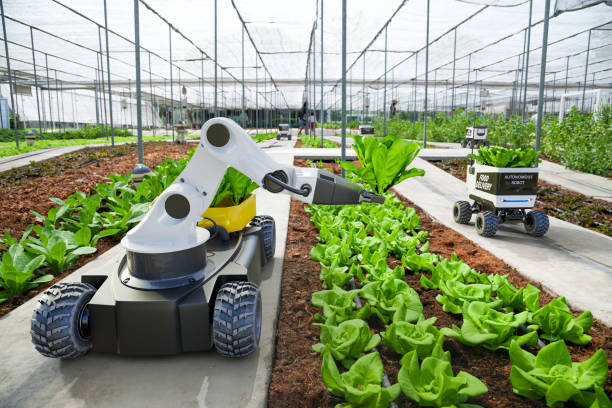
3. Benefits of E-Technology for Farmers
The integration of e-technology in agriculture brings a bunch of blessings:
- Increased Productivity: By the usage of facts-pushed insights and precision tools, farmers can maximize yields while minimizing prices.
- Cost Reduction: Automation and digital tracking reduce labor and input charges.
- Market Expansion: Farmers can reach a larger target market beyond local markets, ensuring higher costs and reduced dependency on middlemen.
- Climate Resilience: Real-time climate updates and predictive analytics enable farmers to adapt to changing climatic situations.
- Sustainability: Efficient aid control through e-technology promotes environmentally friendly farming practices.
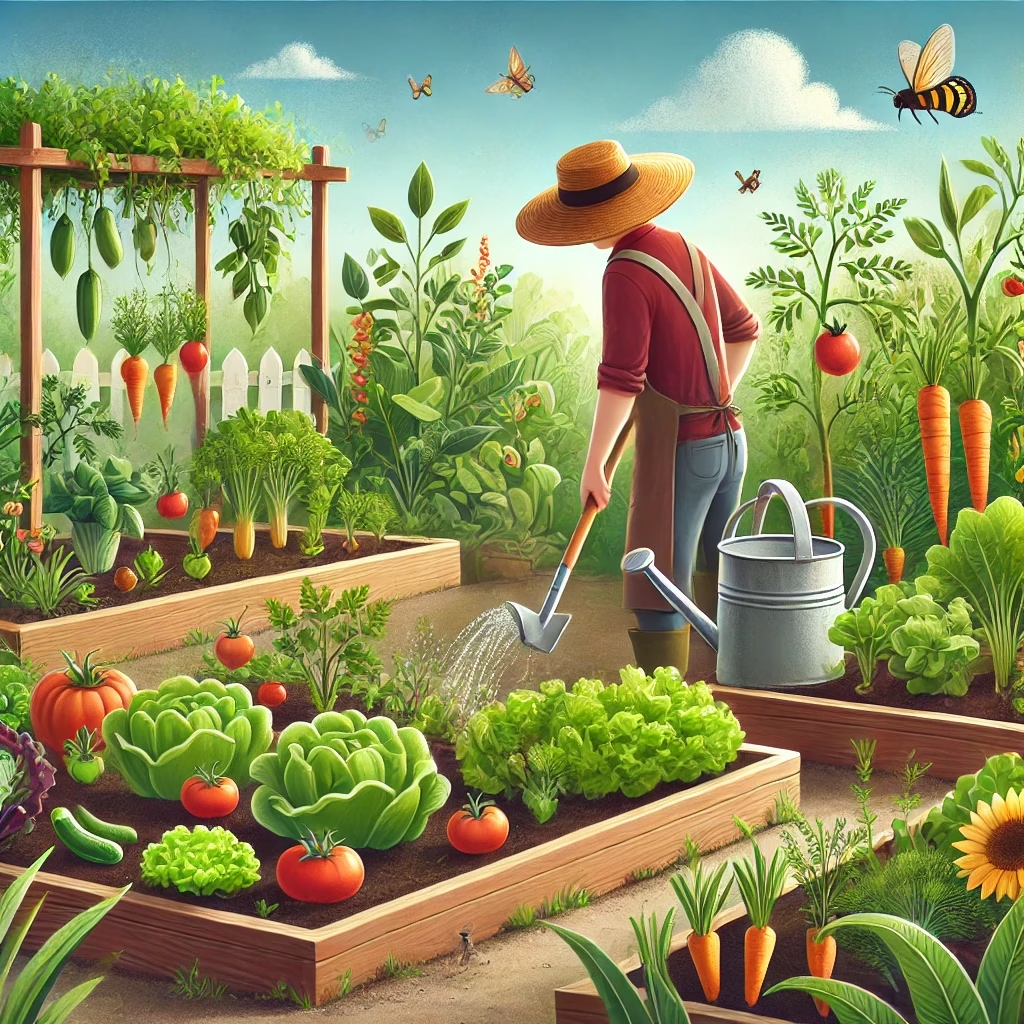
4. Challenges and the Way Forward
While e-technology gives colossal ability, there are demanding situations that want addressing:
- Digital Divide: Many farmers, especially in faraway regions, lack the right of entry to smartphones, the internet, or fundamental digital literacy.
- Cost of Technology: Advanced equipment and platforms can be high-priced for small-scale farmers.
- Infrastructure Gaps: Limited net connectivity and energy in rural areas preclude the adoption of e-generation.
5. To overcome those challenges:
- Governments and private organizations must put money into rural infrastructure.
- Training programs should be carried out to enhance virtual literacy among farmers.
- Subsidies and economic help can assist small farmers in undertaking e-technology.
Conclusion
E-era has transformed agriculture right into a more effective, green, and sustainable region. By imparting tools for precision farming, marketplace admission, and financial inclusion, it empowers farmers to triumph over conventional demanding situations and maximize their profits. Addressing barriers like digital literacy and infrastructure will make sure that the blessings of e-generation reach even the smallest and most marginalized farmers, fostering an inclusive boom in agriculture.
This complete method highlights the multifaceted ways e-technology aids farmers in both production and advertising, making sure of a brighter destiny for agriculture.
Read More: Home Gardening



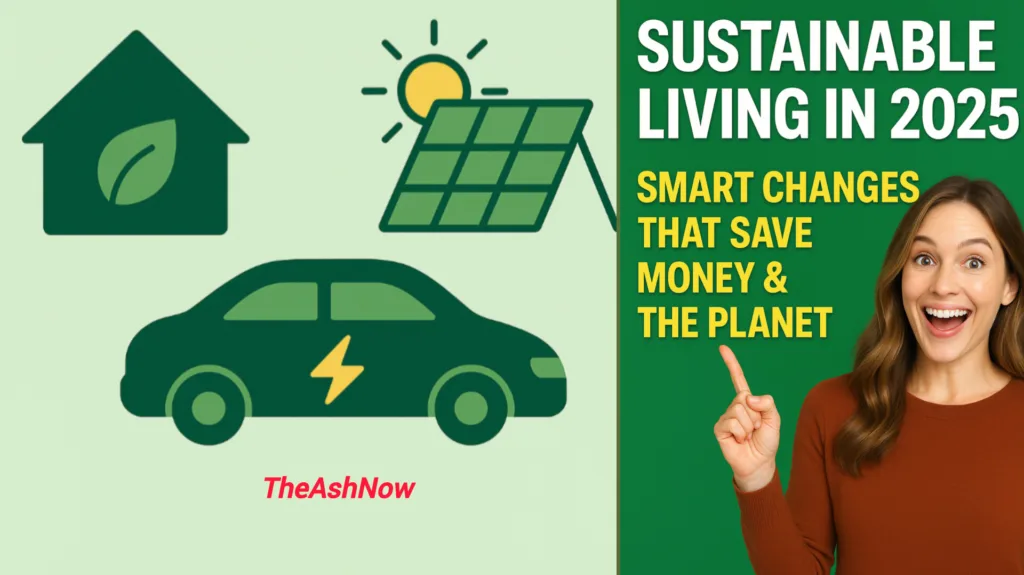
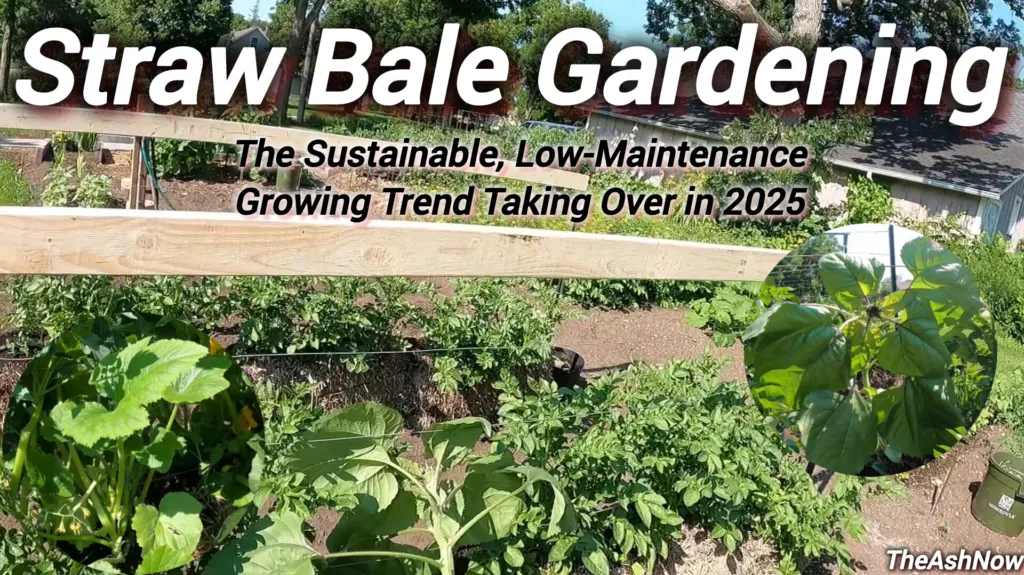



3 thoughts on “How Does E-Technology Help Farmers in the Production and Marketing of Agricultural Produce?”